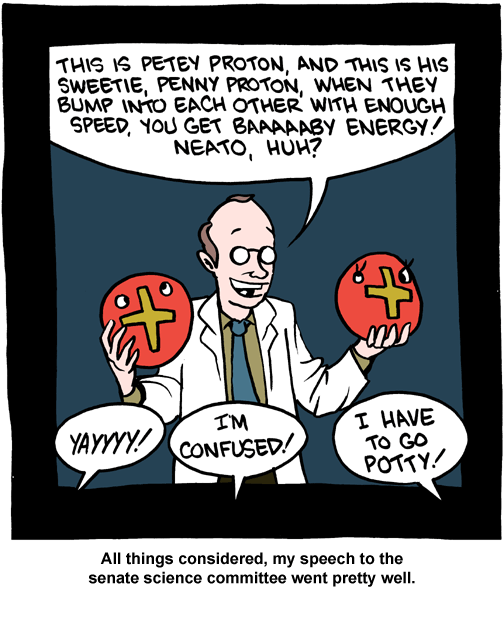Is this a viable means of continuing on the fossil fuel pathway? What costs more: converting fossils to renewables or staying with fossils and building sequestration?
Real life Project in Michigan
Is CCS being Green - the reality is that we are gonna mine and burn coal
for the foreseeable future
What the Hell are we doing - the global supply chain of Coal
Lewis Mumford was a very powerful force in shaping policy during FDR's New Deal Era.
Interestingly, there is a lot of qualitative similarity between the ideals behind the New Deal and the ideals today behind the push for "Sustainability"
Three main ideals (then and now):
- Technics and Civilization
 Promotes the liberating potential of hydro-electric power as an "inexahustible" supply which would re-open the Western frontier and rekindle the frontier experience that "makes this country great". This is similar, in ideological principle to the country fervor for "Green Energy". Whether ideals produce a real paradigm shift remains to be seen.
Promotes the liberating potential of hydro-electric power as an "inexahustible" supply which would re-open the Western frontier and rekindle the frontier experience that "makes this country great". This is similar, in ideological principle to the country fervor for "Green Energy". Whether ideals produce a real paradigm shift remains to be seen.
- The Culture of Cities
 Life in the over-industrialized and over-crowded cities of the East was de-humanizing. An opening of the Western Frontier would allow a return to a "pastoral" living community centered around regional river basin development, using dams as the principle means of development. Ah, Birds Singing, Harmony, SunShine MoonBeam land. If we could only orchestrate Pastoral living around Wind Farms ...
Life in the over-industrialized and over-crowded cities of the East was de-humanizing. An opening of the Western Frontier would allow a return to a "pastoral" living community centered around regional river basin development, using dams as the principle means of development. Ah, Birds Singing, Harmony, SunShine MoonBeam land. If we could only orchestrate Pastoral living around Wind Farms ...
- Palotechnic Era vs. Neotechnic Era
 > Palotechnic relies upon "coal and iron" and exploited finite fossil fuels that generated a "befouled and disorderly environment; the end product an exhausted one". Promotes: Private Owners = monopoly on energy resources. This is very similar to the current perception that Fossil Fuels maximally screw the environment.
> Palotechnic relies upon "coal and iron" and exploited finite fossil fuels that generated a "befouled and disorderly environment; the end product an exhausted one". Promotes: Private Owners = monopoly on energy resources. This is very similar to the current perception that Fossil Fuels maximally screw the environment. Neotechnic, in contrast, purfied the social and ecological environment through "infinite" hydro-electricity. This promotes PUBLIC POWER = DEMOCRACY Again this is similar to the current idea that distributed power (solar roofs, micro turbines, etc) is a more "democratic" way to provide Americans their required power.

Its very important to understand the "frontier" metaphor and its historical context.
Frontiers represent initial barriers which we eventually conquer or subdue. We never respect a frontier.

Three more important points:
- By 1940, America was kind of a "green economy" as 35% of its total electricity came from a renewable energy source - hydropower and 75% of the entire Western US's electricity came from this source.
- The 1930's Federally funded dam building effort essentially increased the nations hydroelectric output by a factor of 5-10 (much of this was Grand Coulee Dam). In principle, in the decade of 2010 to 2020 we could achieve a similar 5-10 factor increase in wind power (plus some concentrated solar power) relative to now. The problem, however, is even if that fractional gain were possible, in the end, it would result in only 7% of total US electricity consumption. Thus the scale now is much different than it was in 1930 and thus a greater commitment is required.
- Dam built electricity allowed for the construction of the following during WW II (1940-1945)
- 69,000 airplanes (aluminum industry)
- 5,000 naval battleships
- 7 million aircraft bombs (4,000 bombs per day)
- 31 million artillery shells (18,000 shells per day)
Bonneville Dam was the number one target for a Japanese Mainland air strike because it supplied electricity to the Boeing War Machine
"Competition has been shown to be useful up to a certain point and no further, but cooperation, which is the thing we must strive for today, begins where competition leaves off"
In essence, this is our new horizon and would represent a shift from having the quality of life being determined by the free market system - let's see how this plays out.